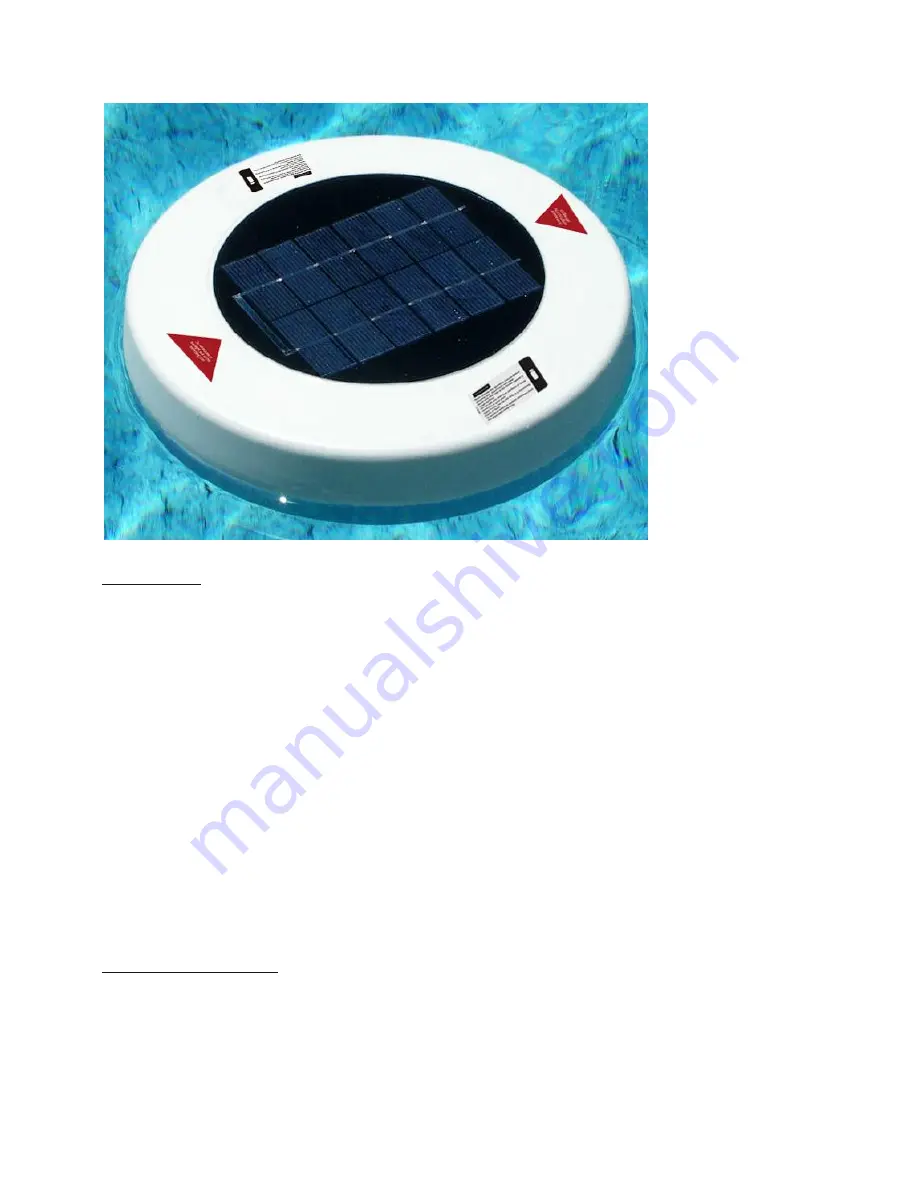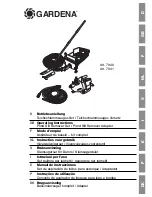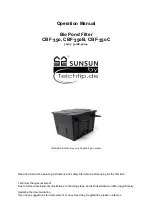
- 4 -
ION TESTING
The mineral electrode is made of a unique alloy of several metals, predominantly copper. Ion test strips will detect the presence of the copper
ion,
which determines if the water has an adequate level of protective minerals. The reagents in the kit are very sensitive, and readings can be affected
by various interferences. Accordingly, use the ion test as a basic and general indicator. Test only once a week; more often is
unnecessary.
1.
Read ion test strip instructions.
2.
Test weekly. It should show an increasing concentration over time. Once the ion reading reaches .0.5, chlorine reduction may begin.
3.
If the ion reading climbs to 0.9 or more, remove the unit from the water for a week and monitor the ion level weekly.
4.
Once the ion level drops to 0.5 or less, place the unit back in the pool and continue weekly ion checks.
5.
If the ion level maintains at 0.5 , continue regular floating schedule.
The purpose of ion testing is to initially determine that it’s safe to reduce chlorine, and subsequently to establish a Solar water purifier schedule
which results in a steady ion reading of approximately 0.5. Depending on conditions, pools with 20,000 gallons or more usually require full-time
use of the Solar water purifier. Smaller pools will usually maintain an adequate ion level with part-time use. For example, one day in, one day out,
two days in, one day out, one week in, one week out, etc.Pools with screened enclosures will probably require full-time use of the Solar Water
Purifier, as the output will be about half of that with normal full sun.
THE FIRST FEW WEEKS
During this period, you should see the ion level increase to approximately 0.5. Use the Solar water purifier daily and do not reduce the floating
time unless the ion level tends to climb too high. Remember, more ions are not better. Water has a capacity to hold only a certain amount of
minerals, and attempting to exceed the saturation point may result in minerals collecting on pool surfaces. It is important to spend a few minutes
each week to check the ion level and to keep the electrodes clean (see ‘ELECTRODE CLEANING’).
1.
Upon reaching the recommended ion level of 0.5, initiate chlorine reduction by allowing the chlorine concentration to drop to about half of
Summary of Contents for Solar Pool Ionizer and Purifier
Page 1: ...1 Solar Pool Ionizer and Purifier...
Page 9: ...9...



























